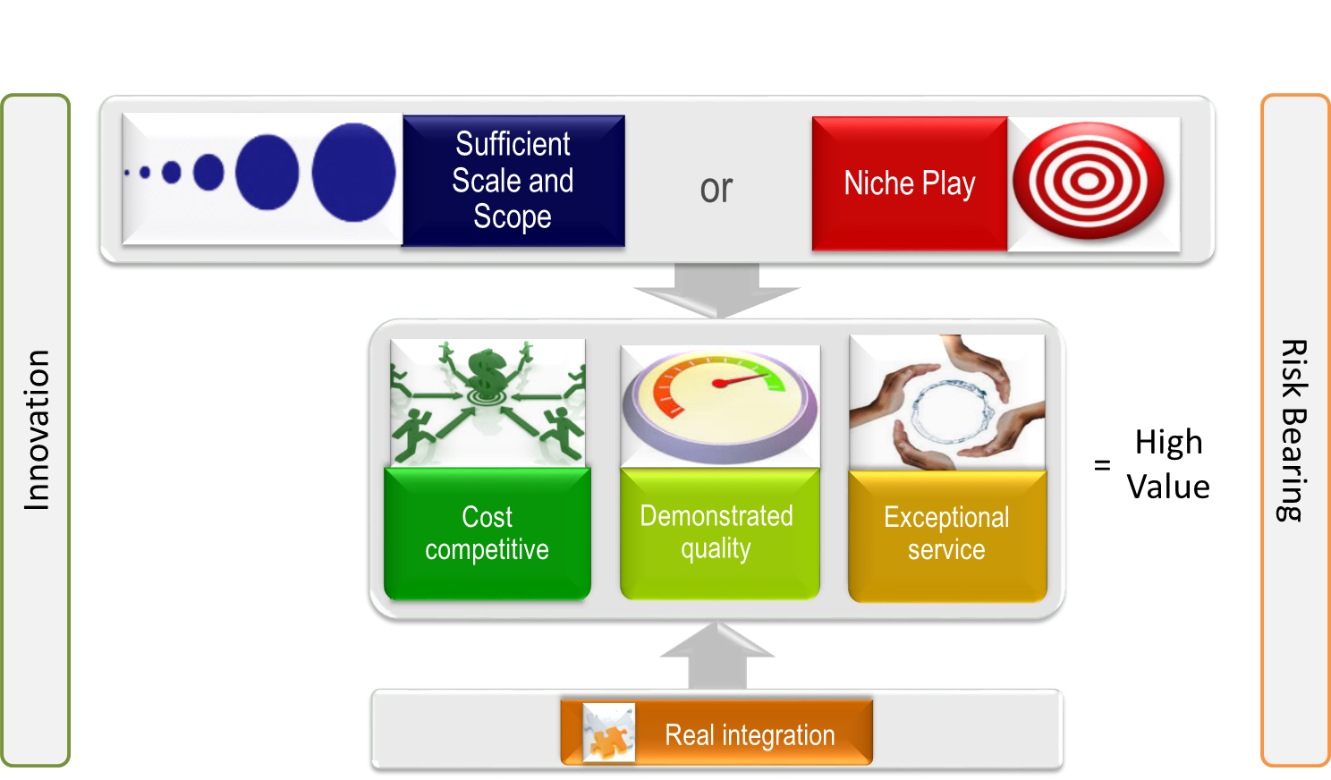Newton’s first law of motion states, in part, that a body in motion will remain in motion at the same velocity and direction unless acted on by an external force.
Organizations tend to behave in the same manner. The advent of new leadership provides a moment of opportunity when a new CEO can set a new direction and energize an organization. By initiating a strategic planning process, the CEO can visibly establish their authority, engage stakeholders, and move the organization forward.
Through strategic planning, new CEOs can:
1. Set clear direction, priorities, and strategies. A new CEO will, at a minimum, want to fine-tune the organization’s existing direction, priorities, and strategies. In some cases, the new CEO may feel that an overhaul or a major makeover is required. In either case, there are few things more important to the new CEO than assuring that the organization is on a good course and navigating its way to its desired destination, as well as being prepared for unforeseen events and changes in the environment that could otherwise derail future progress.
2. Unify stakeholders re: new leaders and overall strategy. An effective strategic planning process builds consensus about the organization’s future and how to achieve it. It offers an opportunity to bring board members, physicians, employees, and potentially, key external parties together and can provide the organizational support that is vital to a new CEO.
3. Address legacy challenges. Many new CEOs inherit challenges that have accumulated at the end of their predecessor's tenure. Occasionally, if the environment is especially turbulent or action on these challenges was deferred by their predecessor, the challenges will be numerous and/or substantial. Strategic planning assures that everything that is “hiding under the rocks” is made visible, considered, prioritized and tackled, as appropriate, thus signaling to stakeholders that the new CEO is prepared to both catch up quickly and move forward confidently.
4. Further system integration. Most health care organizations are at an early stage in their development as true systems of care. For many, additional entities are still being acquired to serve broader regions or to align efforts across the continuum to address population health goals. A major challenge for new CEOs is accelerating the pace of achieving "systemness" in their organizations and overcoming the narrow interests of individual elements of the system. A strategic plan can clarify the need for change, establish systemwide goals, and create the platform for true integration at the organizational and service line levels.
5. Identify effective partnerships. Health care organizations of all sizes must decide if they can benefit from partnerships to increase their scale or scope of services In addition, partnering with disruptive competitors, like consumer-oriented technology providers, can be a key strategy to engage and grow the patient base. CEOs and their boards must evaluate partnership options together, with a shared understanding of disruptive threats and collaborative opportunities. Strategic planning can help build that understanding and provide a framework for reassessing options over time.
New CEOs will, of necessity, want to address the core strategic challenges facing all health care organizations today: being of sufficient scale or scope or a niche player; achieving true system integration, and realizing the components of high value – being cost competitive, demonstrating quality, and providing exceptional service (see Figure 1). Also of critical importance is determining whether and how the organization can innovate not just in the traditional domains of clinical and technological innovation, but also in care delivery and financial risk.
Figure 1

© 2018 Veralon Partners Inc.
New CEOs face many demands. The payoff from a strategic planning process and the development of a strategic plan can provide both short-term and long-term benefits. As a result, initiating a strategic planning process is increasingly a “must-do” for new CEOs.
By John Harris, MBA and Michael Rovinsky, MBA Veralon
The views, opinions and positions expressed within these guest posts are those of the author alone and do not represent those of Becker's Hospital Review/Becker's Healthcare. The accuracy, completeness and validity of any statements made within this article are not guaranteed. We accept no liability for any errors, omissions or representations. The copyright of this content belongs to the author and any liability with regards to infringement of intellectual property rights remains with them.


